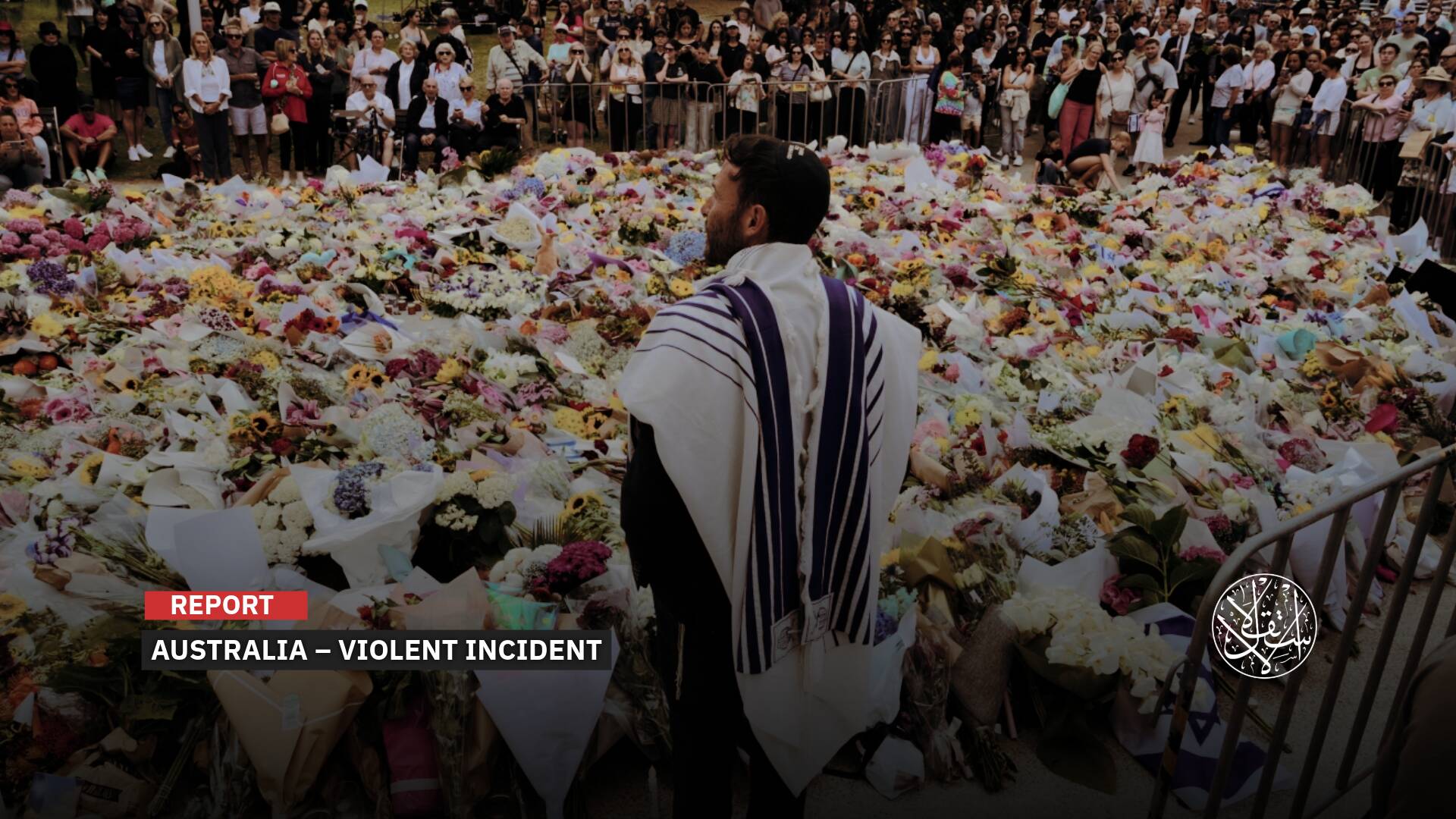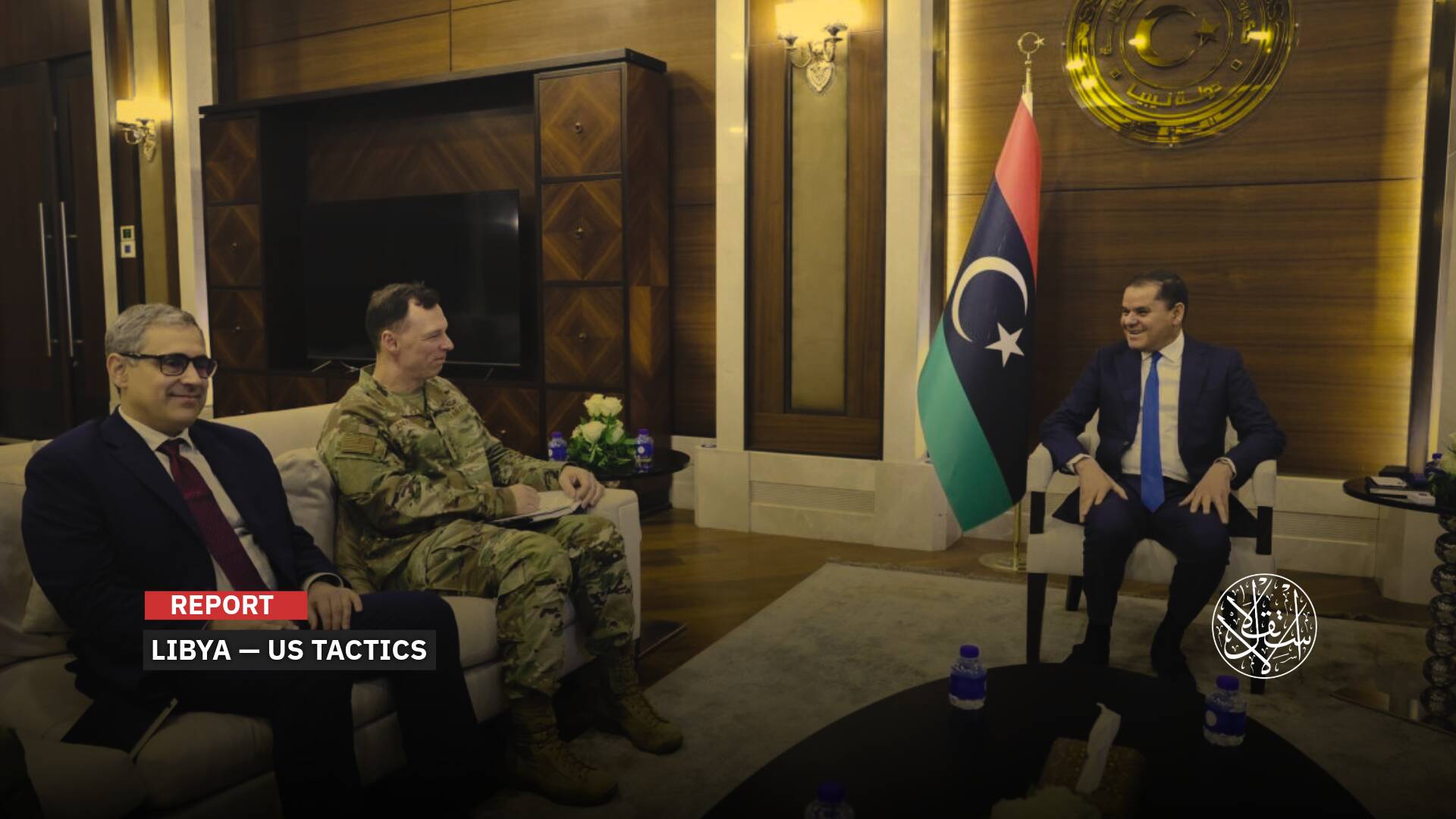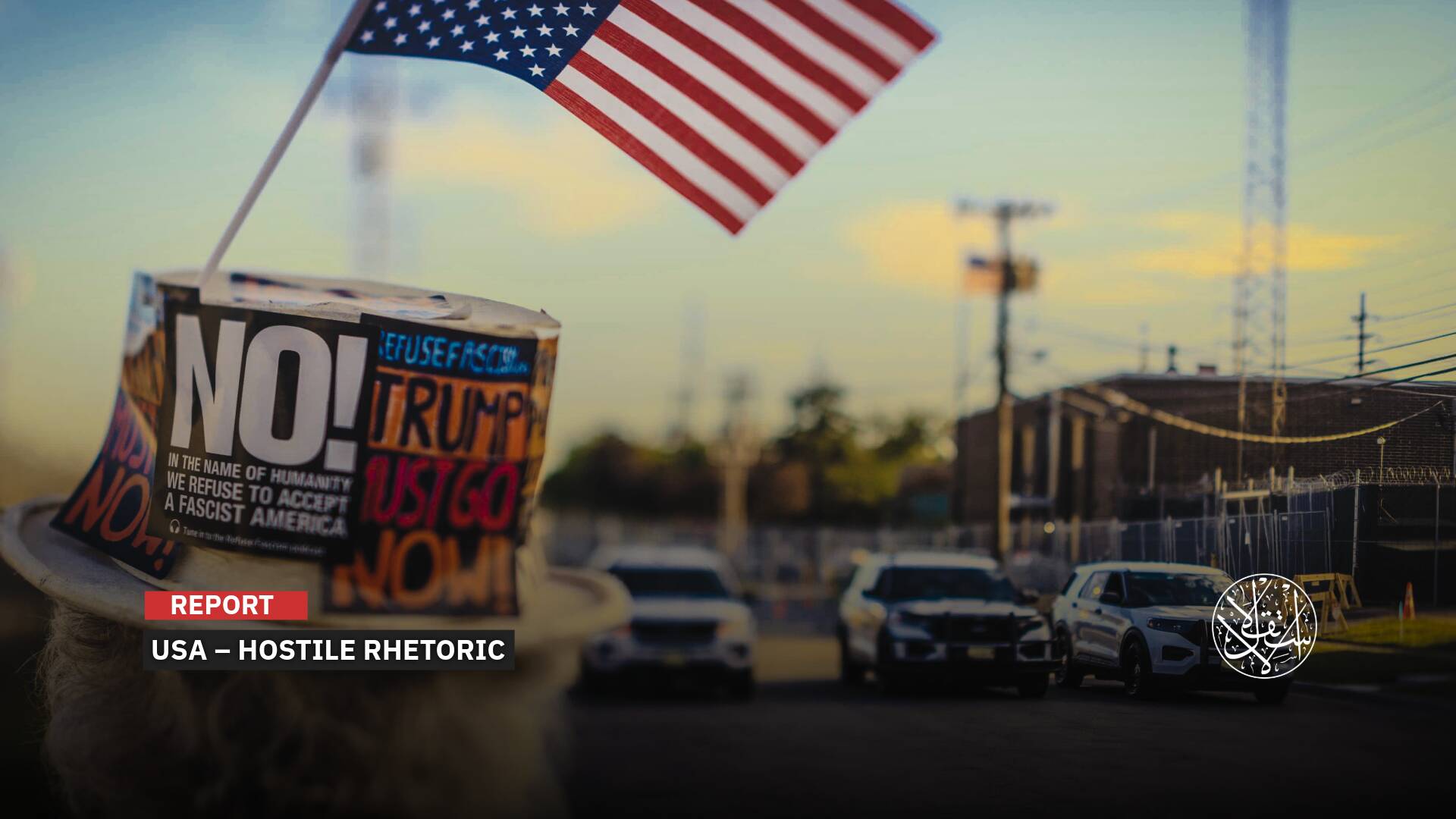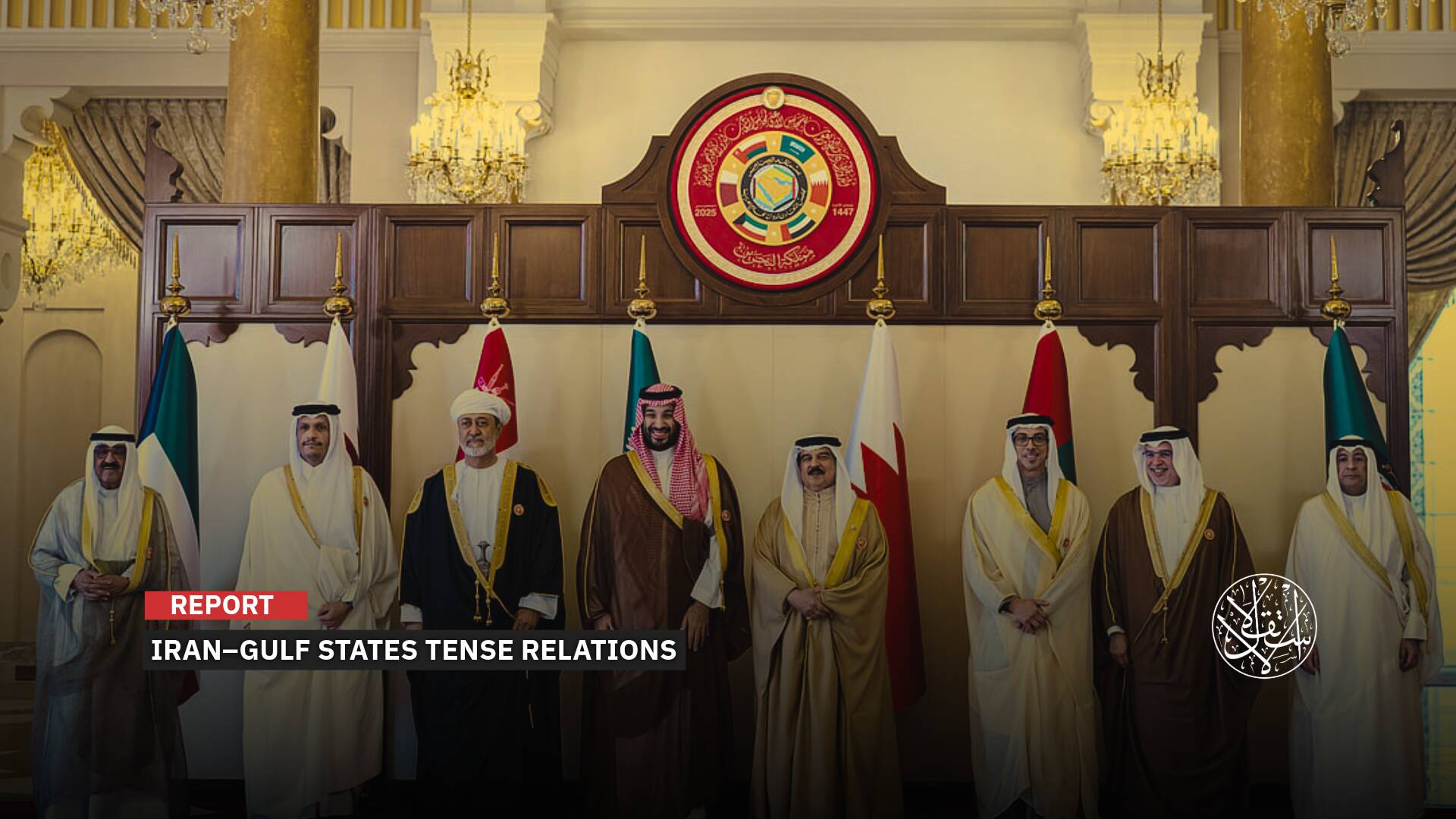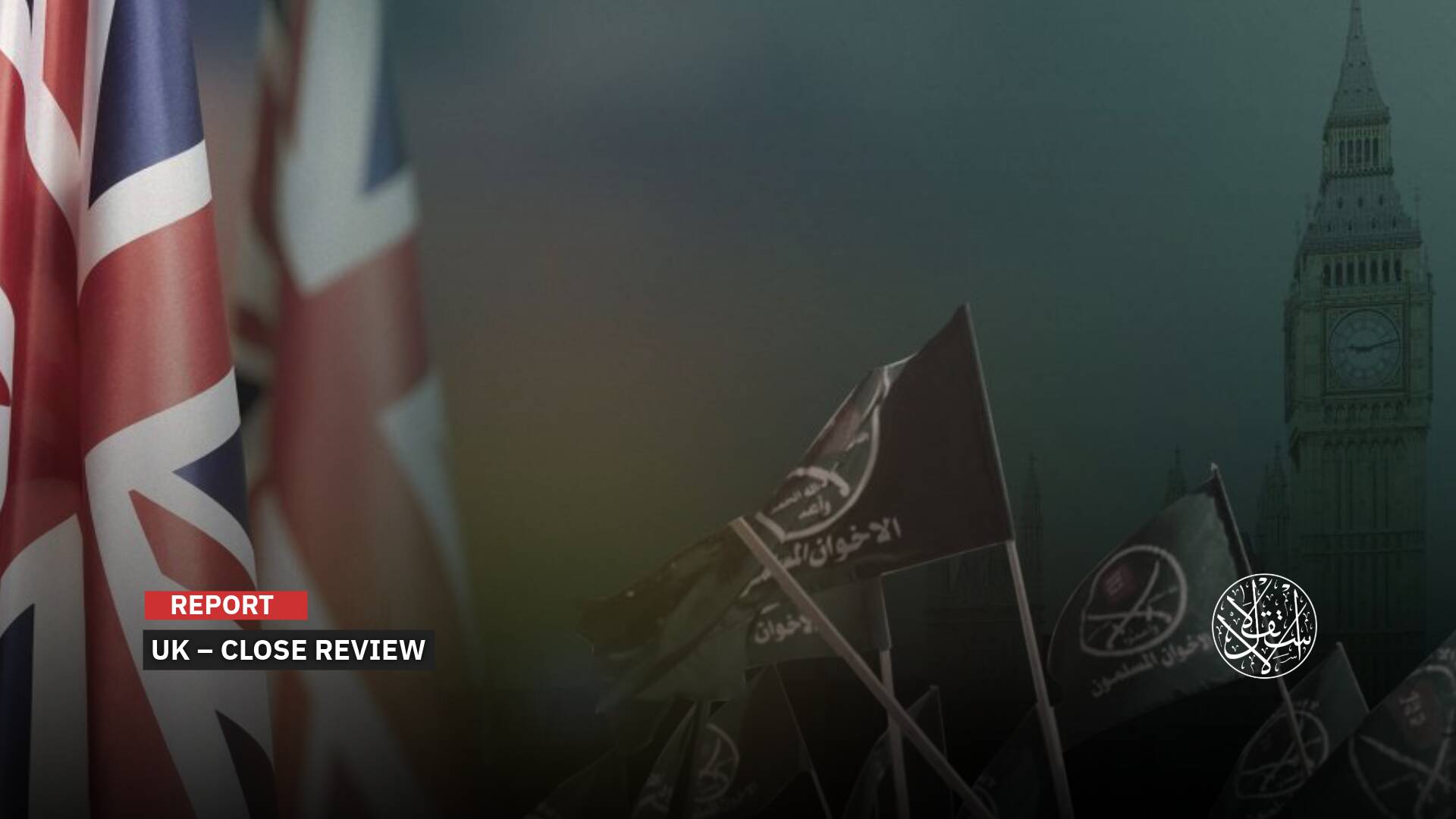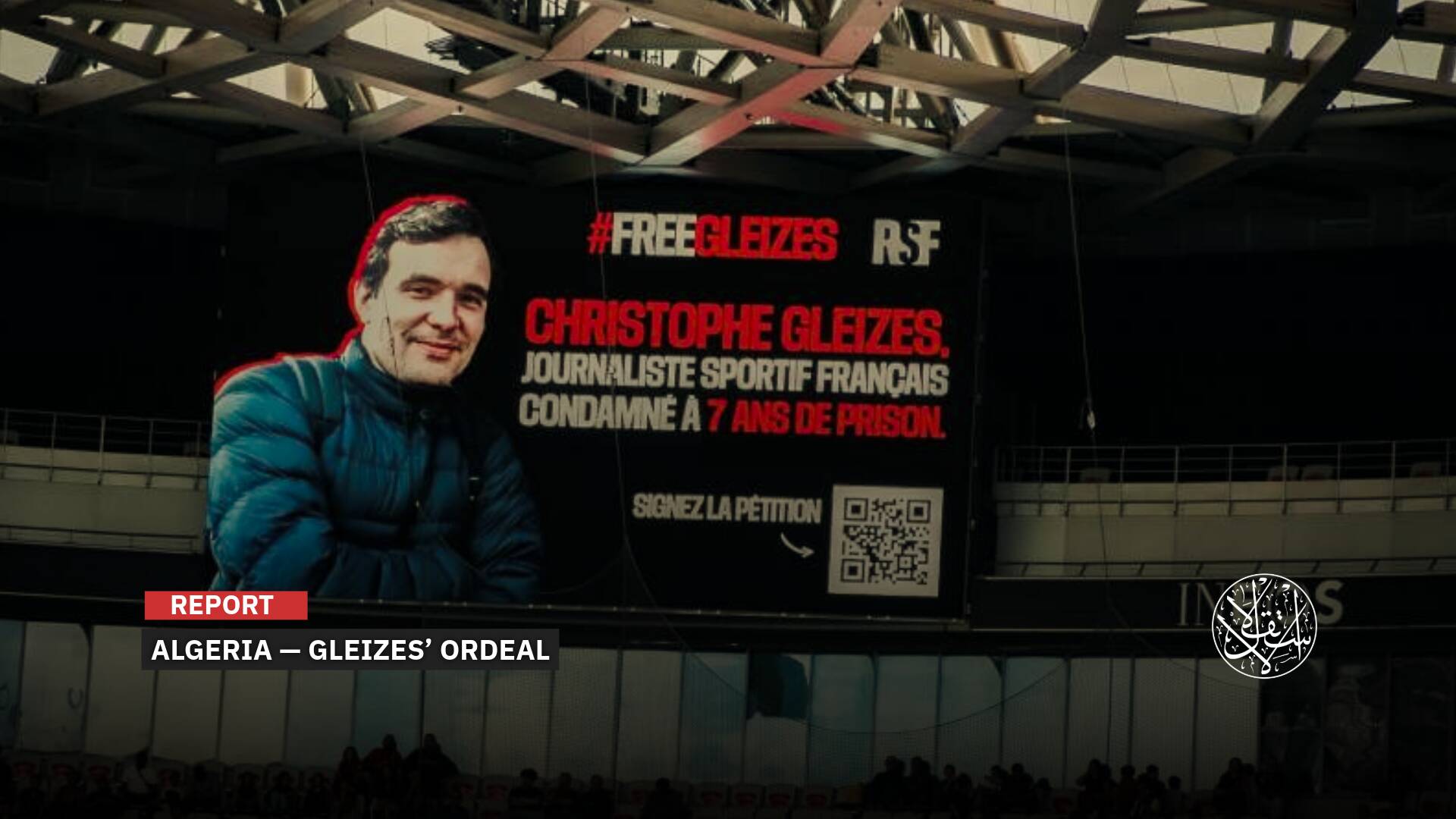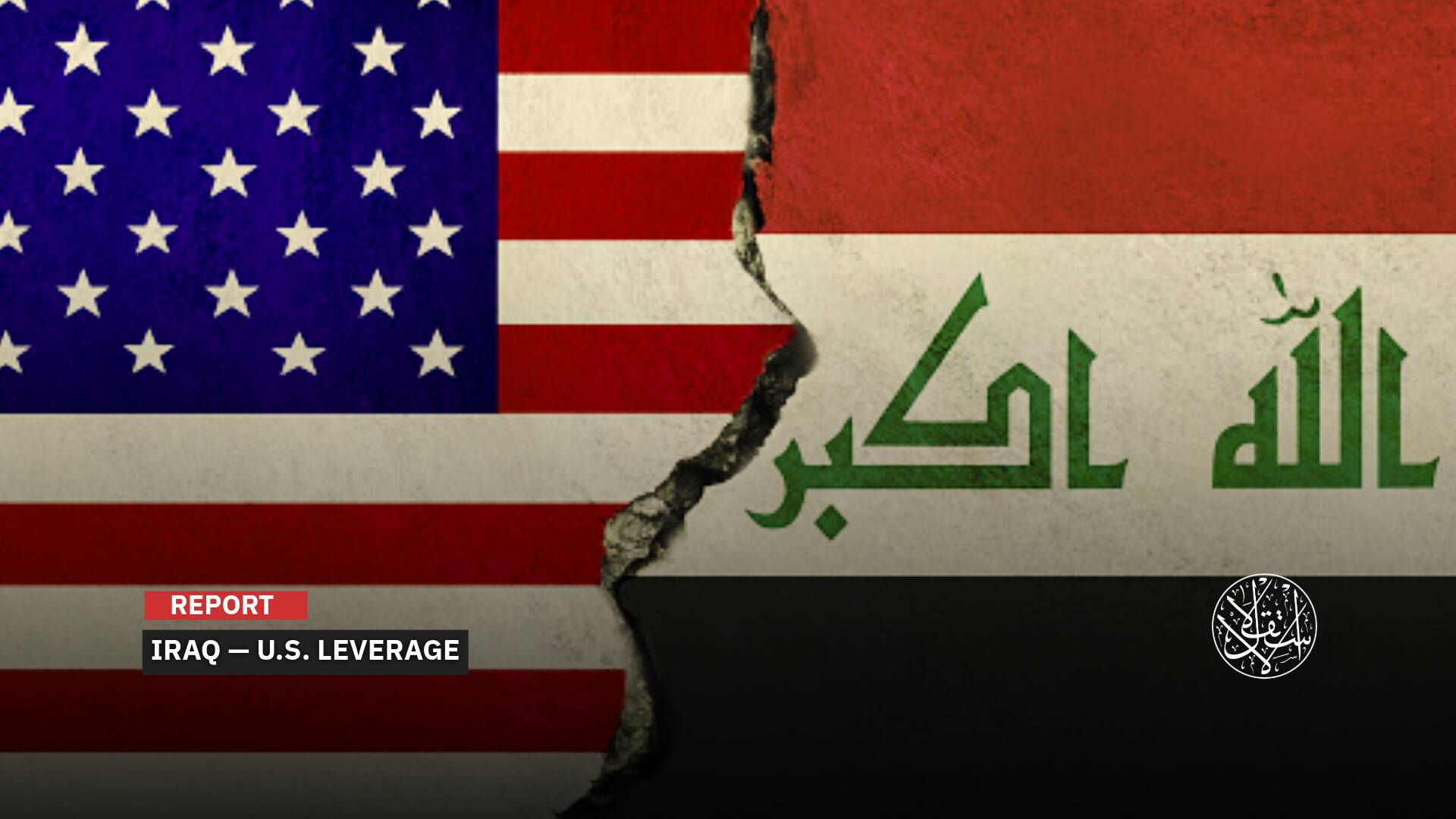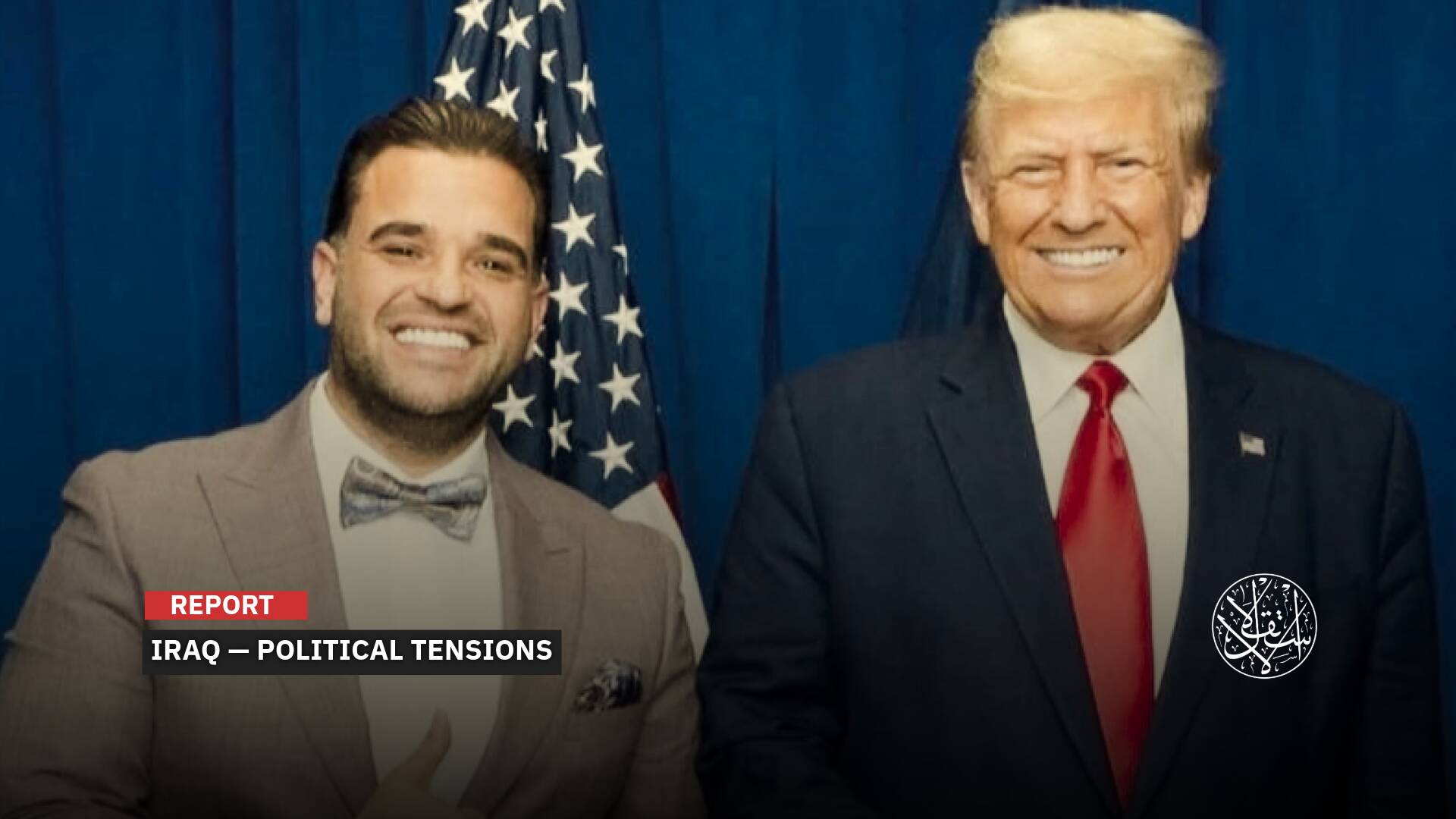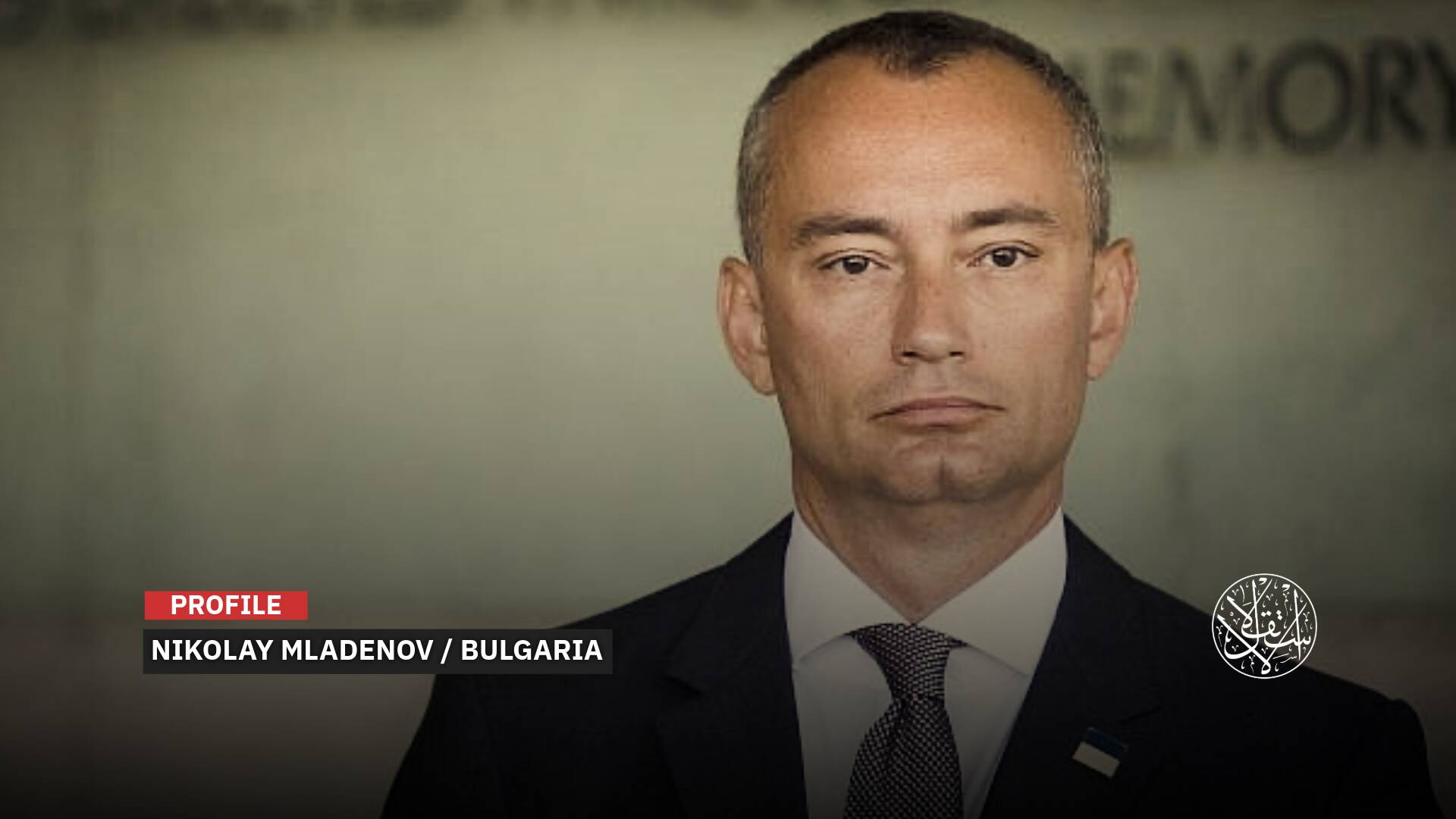A New Power Play: Will Damascus Let al-Hijri Redraw the Map in Sweida?
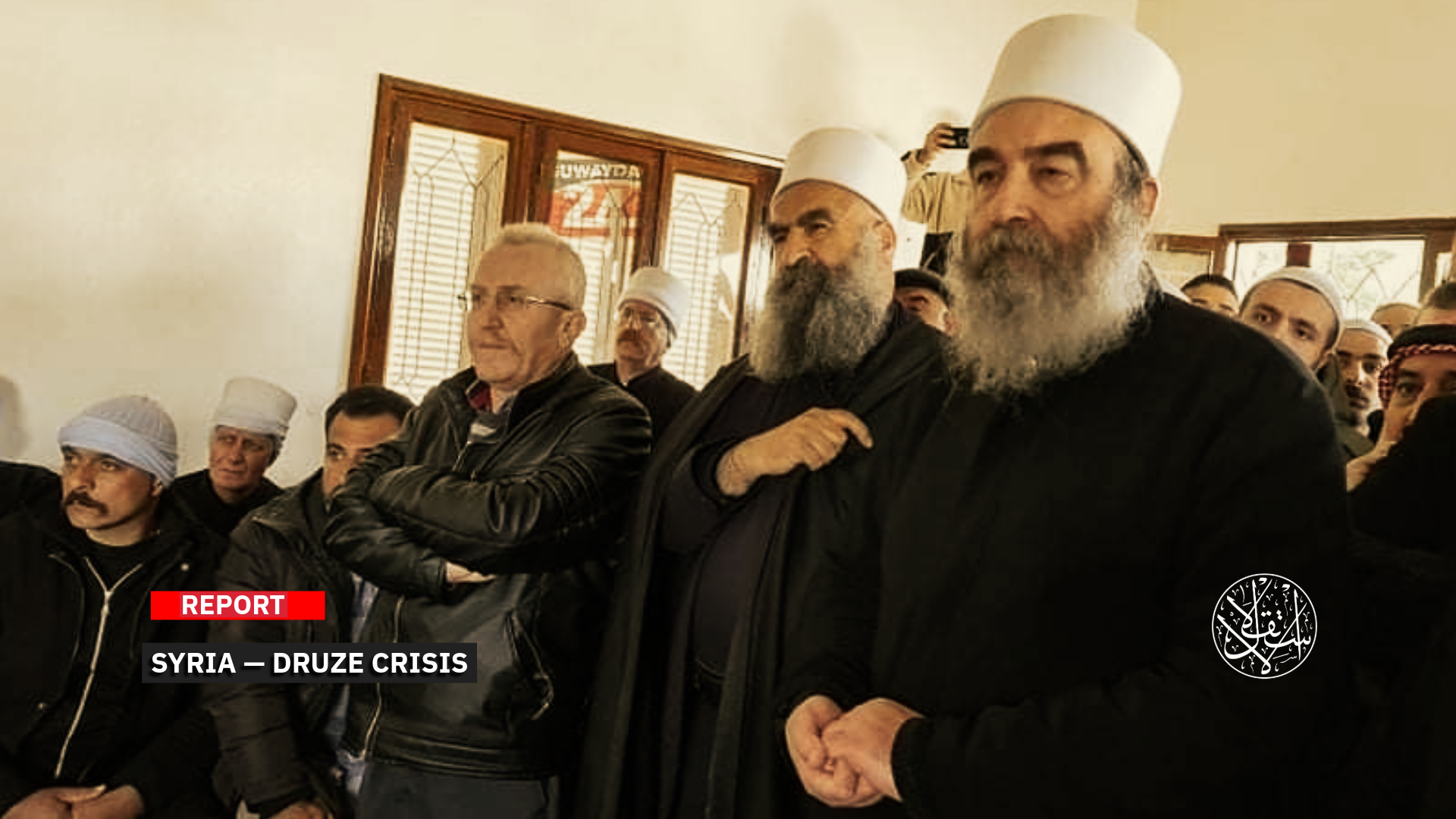
Hikmat al-Hijri wants to separate Sweida and secure financial support through the SDF.
Hikmat al-Hijri, the head of the Druze religious authority in Syria’s Sweida province, has begun openly expressing his intention to isolate the region and keep any emerging entity beyond the control of the central government.
On July 17, 2025, al-Hijri called for opening corridors from Sweida — a predominantly Druze province in southern Syria — toward areas controlled by the Syrian Democratic Forces (SDF) in the northeast, as well as toward neighboring Jordan.
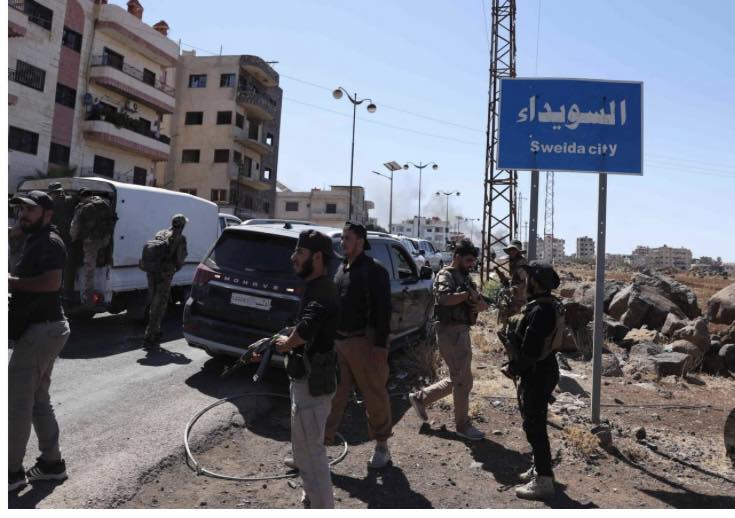
al-Hijri and SDF
This came after Hikmat al-Hijri rejected the authority of the new Syrian government over Sweida’s security and administrative institutions — particularly following the deployment of government security forces toward the province on July 13, 2025, in a bid to restore order after clashes between local Druze factions and Bedouin tribes in the countryside.
Al-Hijri’s call coincided with a statement from the Kurdish-led Autonomous Administration in northeast Syria, announcing its readiness to send urgent humanitarian aid to Sweida.
Since the fall of Bashar al-Assad’s regime on December 8, 2024, al-Hijri and several local factions in Sweida have opposed handing over control of the province to the new government.
This opposition was evident in their obstruction of efforts by Mustafa al-Bakkour, appointed governor of Sweida in February 2025 by President Ahmed al-Sharaa following an agreement with Druze elders. The deal aimed to fully integrate Sweida into the new state structure, including placing its security forces under the Ministry of Interior.
However, state authority never took hold in Sweida, largely due to al-Hijri’s resistance. This culminated in May 2025, when an armed Druze group stormed the governorate building and expelled al-Bakkour, who then fled to Damascus.
Currently, there are strong ties between the Syrian Democratic Forces (SDF) and certain local factions in Sweida, with the SDF consistently backing demands to keep government forces out of the province.
This comes despite the SDF’s own delay in complying with a March 11, 2025, agreement — signed between al-Sharaa and SDF commander Mazloum Abdi — to reintegrate all civilian and military institutions of the Autonomous Administration into the Syrian state, including control over border crossings, oil and gas fields, and airports.
Observers say that al-Hijri, who holds significant sway over the Druze community in Sweida, is exploring alternative paths that hinder the province’s integration with the central government — complicating the situation rather than resolving it through dialogue with Damascus over Syria’s future and system of governance.
Geographically, however, Sweida is separated from the areas controlled by the SDF on the left bank of the Euphrates River—part of Deir ez-Zor province—by the Syrian desert and the river itself.
Experts also point out that any such corridor would face major security challenges, in addition to rejection from the new Syrian government.
“Al-Hijri’s proposal to open a route from Sweida to SDF-held areas or through Jordan is essentially an attempt to carve out a separate zone and secure financial support from the SDF — part of a broader understanding between al-Hijri, remnants of the Assad regime, and the SDF,” military and strategic expert Ahmad Hamadeh told Al-Estiklal.
“While the new government is unlikely to allow any corridor linking Sweida with the SDF-controlled northeast, there are still real challenges in implementing all the agreements signed between Damascus, the Druze community, and the SDF.”
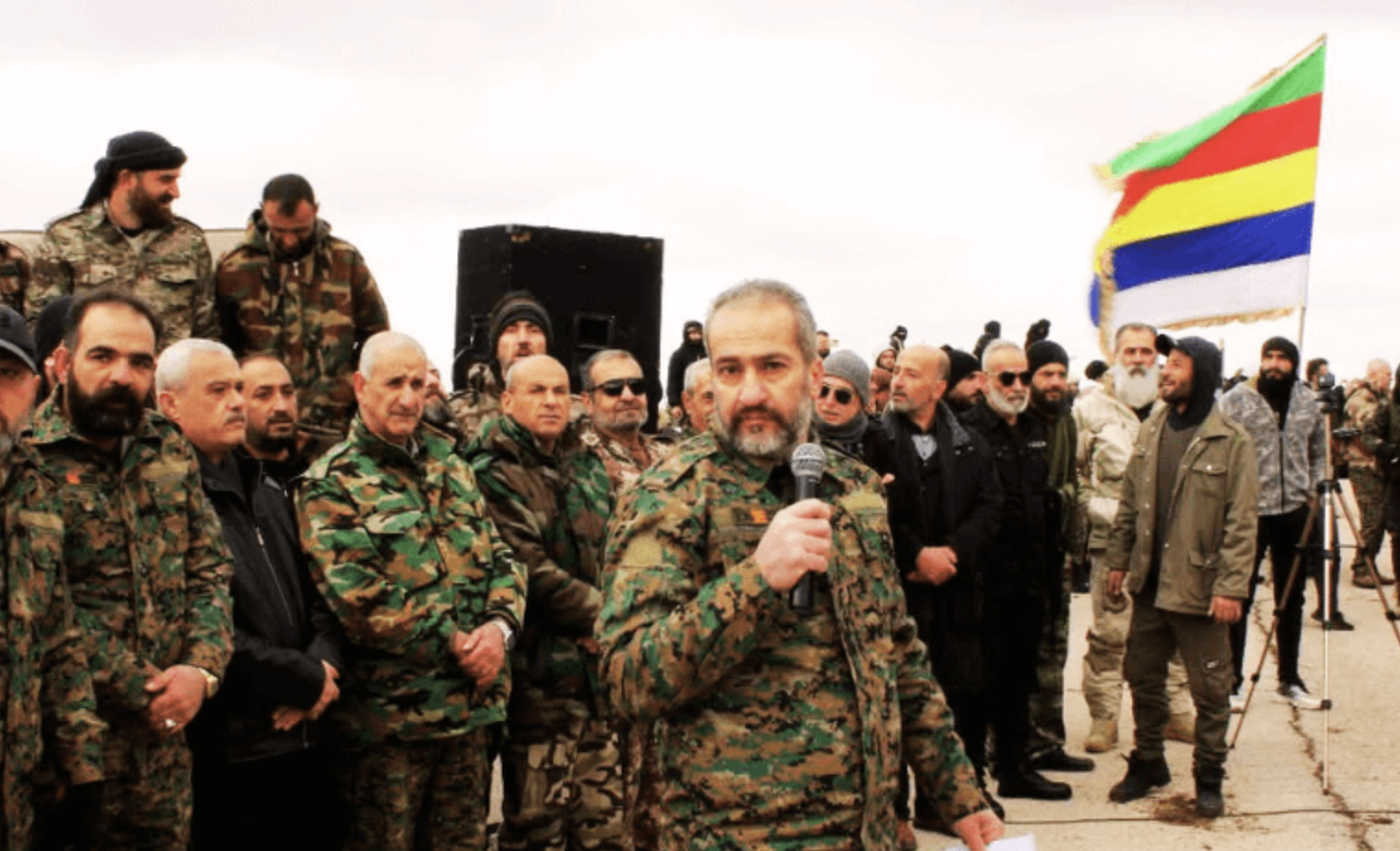
The ‘David Corridor’
Hamadeh believes the Syrian state will use every means at its disposal to prevent the creation of a corridor linking Sweida with SDF-held areas.
“Such a corridor resembles the so-called David Corridor, an Israeli project that would connect the Golan Heights to the Syrian-Iraqi border,” he said.
“This would fundamentally alter Syria’s territorial integrity by cutting it off from both Iraq and Jordan, stripping it of key strategic and economic advantages.”
Following the fall of the Assad regime, discussions reportedly began in “Israel” about implementing the “David Corridor plan” with assistance from the SDF. The proposed land route would stretch from the Golan to northern Syria, aiming to reshape the region both politically and geographically.
The concept of the “David Corridor” involves linking areas controlled by Kurdish forces aligned with “Israel” and the United States to “Israel” itself via the Israeli-occupied Golan Heights, held since 1967.
Notably, several military factions loyal to Hikmat al-Hijri in Swaida maintain direct ties with the SDF.
In May 2024, while Assad’s control over Sweida was limited to a few military and government buildings, a new military body was formed under the name Military Council of Sweida Forces. It brought together various armed factions within the province.
The figures behind the council’s formation reportedly received al-Hijri’s backing. Media outlets at the time reported that al-Hijri himself had requested the creation of the council.
Further reports indicated that the SDF was the real sponsor behind the new formation, offering financial support to its leaders — particularly Sheikh Raed al-Matni and another figure named Aysar Morshid — who promised monthly salaries to fighters joining the council.
On March 18, 2025, the council’s spokesperson, Wael Nader, declared they would retain their weapons to “protect the region,” in response to the new Syrian government’s demands to disarm all non-state groups.
Syrian writer Mohammad Ali Saboni argued that all of al-Hijri’s recent moves — along with the support he receives from “Israel” — are part of a broader deal involving the Israeli Occupation, the SDF, and al-Hijri himself.
In a Facebook post, Ali Saboni said the project known as the David Corridor is driven by Israeli strategic goals, chief among them the fragmentation of Syria and the weakening of central authority in Damascus. It also aims to put pressure on Turkiye and diminish its influence in the region.
Ali Saboni described the corridor as a narrow geographical strip running through the heart of the Levant. It begins in the Israeli-occupied Golan Heights in the southwest, passes through Syria’s southern provinces bordering “Israel” and Jordan — including Quneitra and Daraa — then expands eastward through Sweida in the Jabal al-Hauran region. From there, it crosses the Syrian desert toward the strategic al-Tanf crossing on the Syria–Iraq–Jordan border and connects to northeastern Syria, an area still controlled by the SDF.
“Yes, that’s the real issue and their true intention—something everyone needs to be aware of. The idea that Israel supports minorities is simply not true,” he added.
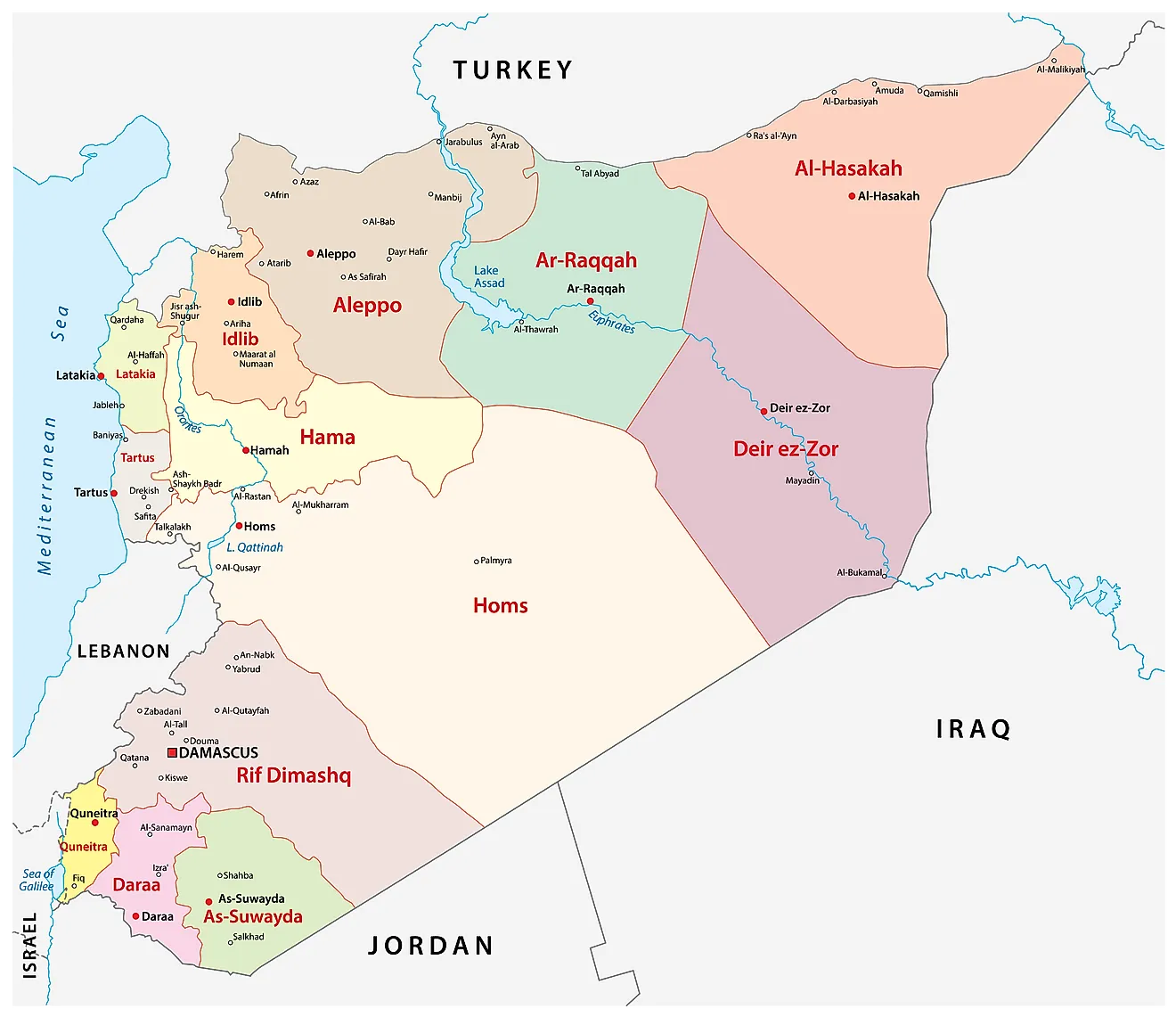
Isolating Sweida
Recent developments in Sweida reveal Hikmat al-Hijri’s attempt to leverage Israeli Occupation support in confronting the new Syrian government, even if that means military backing.
On July 16, 2025, al-Hijri’s Druze spiritual authority in Sweida issued a statement calling on Israeli Prime Minister Benjamin Netanyahu to “save Sweida.”
Just hours after this statement, and amid Syrian army operations to restore security in the province, “Israel” launched a major military strike on Syria. The attacks targeted over 160 sites across four provinces: Sweida and neighboring Daraa, Rural Damascus, and Damascus itself, where the military headquarters and the area around the presidential palace were bombed.
Notably, on July 17, Netanyahu appeared in a televised statement claiming that the ceasefire in Sweida had been “forced, not achieved through demands or pleas.”
In the same speech, Netanyahu outlined policies aimed at disarming the area south of Damascus, from the Golan Heights to Jabal Hauran, “which is our first line.”
“We have set a clear policy,” he said, “demilitarizing the area south of Damascus, from the Golan Heights to the Druze mountains, is one [red] line. The second line [is] protecting the brothers of our brothers, the Druze in the Druze mountains.”
“We will not allow military forces to descend south of Damascus, we will not allow the Druze to be harmed in Jebel Druze,” he added.
Meanwhile, reopening the Sweida border crossing with Jordan at this time — amid the absence of firm Syrian state control — is unlikely according to experts. Jordan sees this move with suspicion because of its political and security implications.
Since Assad’s fall, Jordan has prioritized securing its border with Syria, preventing drug and arms smuggling, and strengthening the Nasib crossing in Daraa, which faces Jordan’s Jaber crossing.
Though some Syrian officials have called for reopening the Sweida crossing, Jordan has ignored these appeals.
Sweida’s economy remains limited and fragile, relying mainly on agriculture and small-scale crafts. The province lacks the capacity to generate significant trade that would benefit Jordan economically.
More broadly, Jordan distances itself from any step that might legitimize a semi-autonomous Syrian region outside central government control — a stance consistent with its longstanding support for Syrian unity and stability.
This was evident in statements by Jordan’s UN representative during an emergency Security Council meeting called by Syria following a series of Israeli airstrikes on July 17, 2025. The representative said Syria’s security is Jordan’s security, and the security of its south is an extension of Jordan’s national security and strategic depth.
At a time when the Syrian government is working to build a new, free state since December 8, 2024, “Israel” continues its unjustified aggression, violating Syrian territory and airspace, sowing division and discord — actions that will only bring chaos, conflict, and tension, according to the UN representative.
Sources
- Israeli Strikes on Syria Condemned in UNSC Emergency Session
- Al-Hijri Calls for Opening Corridors to Jordan and SDF-Controlled Areas [Arabic]
- Sweida Unrest Reveals Links Between the SDF and Armed Druze Factions [Arabic]
- The Autonomous Administration Sends Urgent Humanitarian Aid to Sweida, Calls for Unified National Efforts [Arabic]
- Jordan’s UN Envoy: Syria’s Security Is Our Security — and the South Is an Extension of Our National Stability [Arabic]


